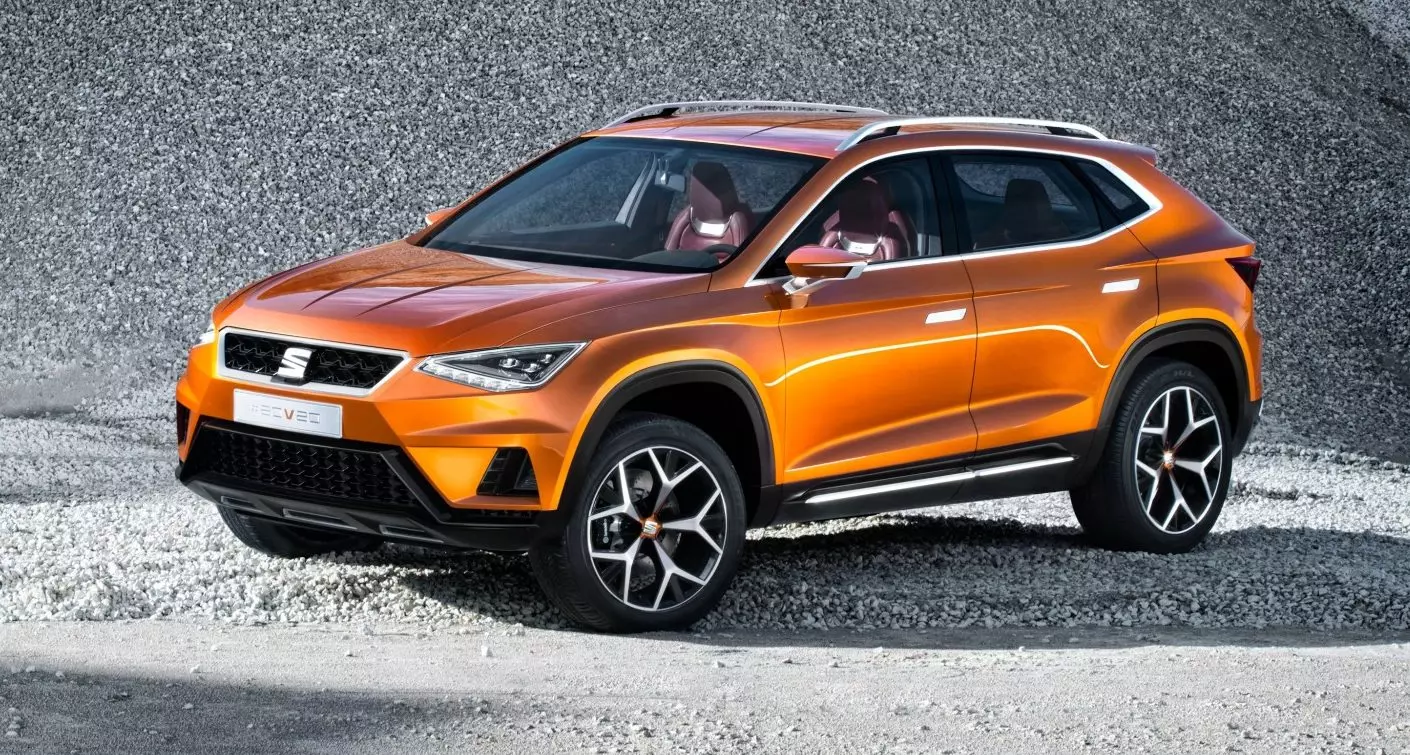It was about a year ago, at the last Geneva Motor Show, that we got to know the CUPRA and its first model, the Ateca. Now, exactly one year after it was launched as a brand, CUPRA is preparing to unveil its second model at this year's Geneva Motor Show.
Unlike what happens with Ateca, it seems that the second CUPRA model is expected to be completely independent of the SEAT range. Thus, it should not only assume its own style, but also a new name that, according to Autocar, could be Terramar.
The British publication also indicates that the second model of CUPRA should not be an SUV but a CUV (crossover utility vehicle), which will assume the contours of a crossover "coupé", as we reported about a year ago.
The new model should draw inspiration, also according to Autocar, from the 20V20 concept unveiled by SEAT at the 2015 Geneva Motor Show, assuming a look that will make it easily distinguishable from other Volkswagen Group SUVs.

New model and new CEO
For CUPRA, the launch of a model independent of the SEAT range is also a way for the new brand to assert itself in the market, no longer being seen only as a brand that makes sporty versions of the models. SEAT.
Subscribe to our newsletter here
Although there is still no official data, Autocar indicates that the (perhaps called) Terramar is most likely to adopt the engine and transmission of the CUPRA Atheque . Thus, the new CUPRA model will have a 2.0 l gasoline turbo with at least 300 hp to be transmitted to the four wheels associated with the seven-speed DSG gearbox.
At the same time that CUPRA is preparing to launch its second model, the brand has also seen its new organizational structure implemented. So Brit Wayne Griffiths, who was already director of sales and marketing, assumed the role of CEO of CUPRA. All of this so that the target of 30,000 units/year can be reached within three to five years.
